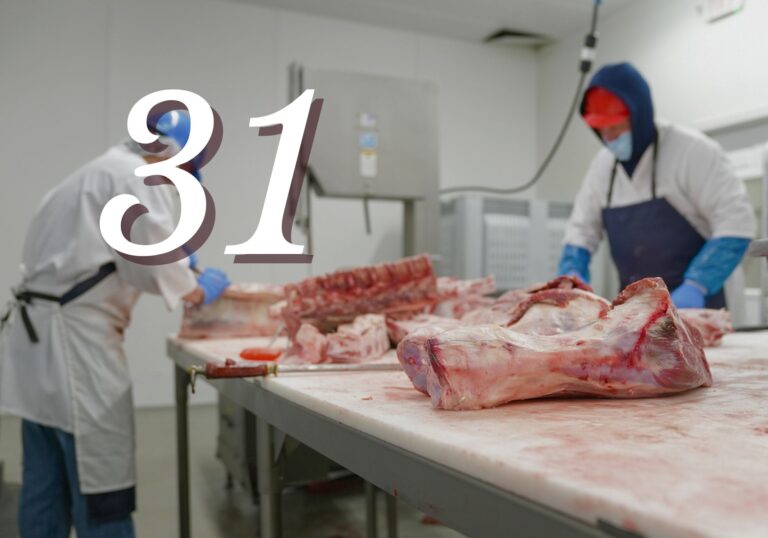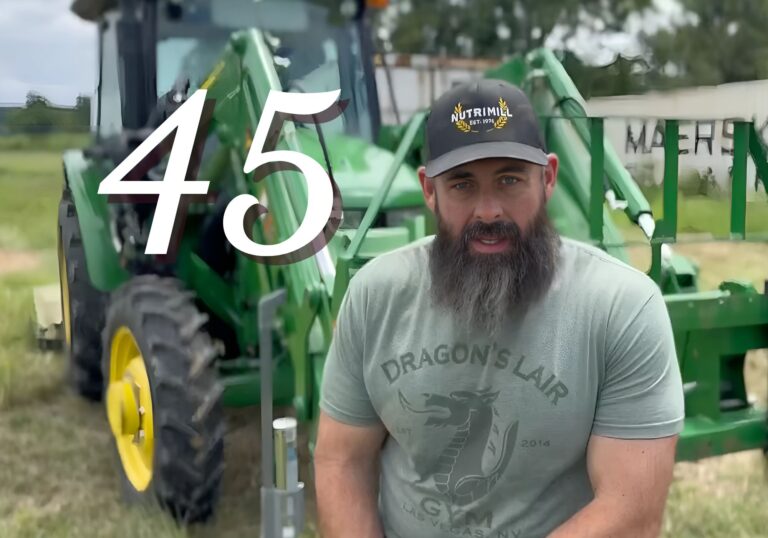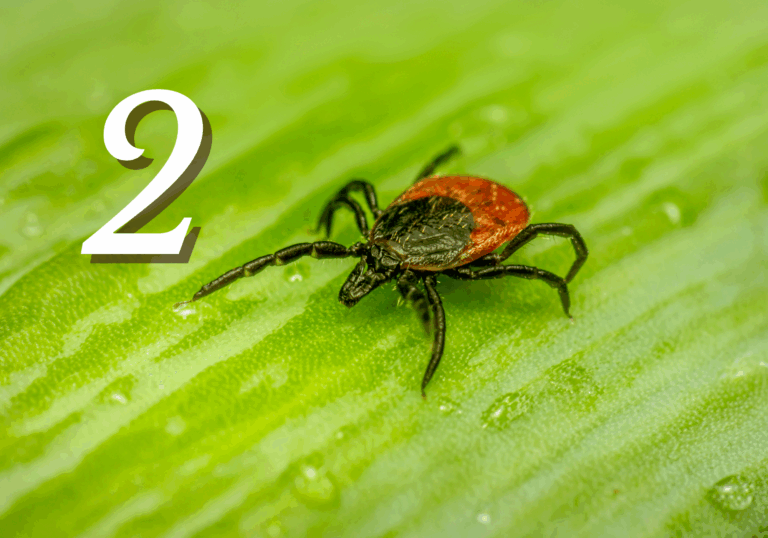Government Subsidies
From The Environmental Working Group
Triple dipping: Budget bill raises farm subsidies for wealthy farmers by billions of dollars
“In the past five years, some farmers across the country may have dipped into three types of taxpayer-funded federal farm support to collect a staggering $113.9 billion, according to EWG’s newly updated Farm Subsidy Database.
And the House-passed budget reconciliation bill could make this “triple dipping” problem even worse. It would do this by increasing funding for commodity program subsidies, and by making it easier for already wealthy farmers to qualify for more payments…
Farm subsidies already favor the largest and wealthiest farms, at a time of high farm and household incomes.
Farmers have already benefited from the astonishing amount of money in these subsidy payments, as highlighted in EWG’s analysis. The billions in Department of Agriculture payments between 2020 and 2024 are from three sources: crop insurance, traditional commodity farm subsidy programs and ad hoc programs set up by the first Trump administration.
The three USDA farm support program category payments covered five individual programs:
- An indemnity payment from the taxpayer-subsidized federal Crop Insurance Program.
- A payment from one of two traditional subsidy programs tied to crop prices or revenues, the Price Loss Coverage program, or PLC, and the Agricultural Risk Coverage program, or ARC.
- Payments from two programs designed to offset the effects of President Donald Trump’s trade war, called the Market Facilitation Program, or MFP, and Covid-19, called the Coronavirus Food Assistance Program, or CFAP.
Three farm support categories paid farmers over $100 billion
Farmers collected $113.9 billion between 2020 and 2024 from the five programs. (See Figure 1.) The largest share of payments were crop insurance indemnities.
Crop insurance paid out 61% of total payments from all programs, or $68.9 billion, over the five years. Crop insurance payments in 2022 were the highest in the program’s history, at over $19.4 billion. The second highest payments ever, $17.7 billion, were made in 2023. Payments from the ARC and PLC commodity programs made up $9.6 billion, while MFP paid out $3.8 billion and CFAP accounted for $31.6 billion. Most MFP payments were made in 2018, 2019 and 2020. The vast majority of CFAP payments were made in 2020 and 2021.
Farmers in 3,124 counties across the country received payments from at least one of the three farm support categories. And in 2,697 counties, or 86%, farmers collected payments from all three. CFAP had the largest reach, with farmers in 98% of the 3,124 counties receiving payments.
Half of all payments from these five programs, $57.4 billion, went to farmers in just seven states, in descending order of largest payments: Texas, Kansas, North Dakota, California, Nebraska, Iowa and Minnesota. The payments were very highly concentrated in just a few states – farmers in Texas and Kansas alone accounted for 22% of all payments.
Farmers and taxpayers pay into crop insurance premiums every year. Taxpayers shoulder 63% of the cost, on average, and indemnity payments are made from total premiums collected. Taxpayers foot all – 100% – of the cost of traditional commodity farm subsidy programs, MFP and CFAP. An increase in commodity subsidies, as proposed by the budget bill, would send considerably more taxpayer money to farmers…
Across all farm subsidy programs, the largest and wealthiest farms already get the most money. The budget bill would make the situation worse. In 2024, the top 10% of commodity subsidy recipients collected 65% of the payments, and the top 1% alone got 23% of the payments, with an average payment of over $100,000 per recipient.
Farmers whose annual income tops $900,000 don’t qualify for commodity subsidies. But they can get premium subsidies and indemnity payments from the Crop Insurance Program…”






